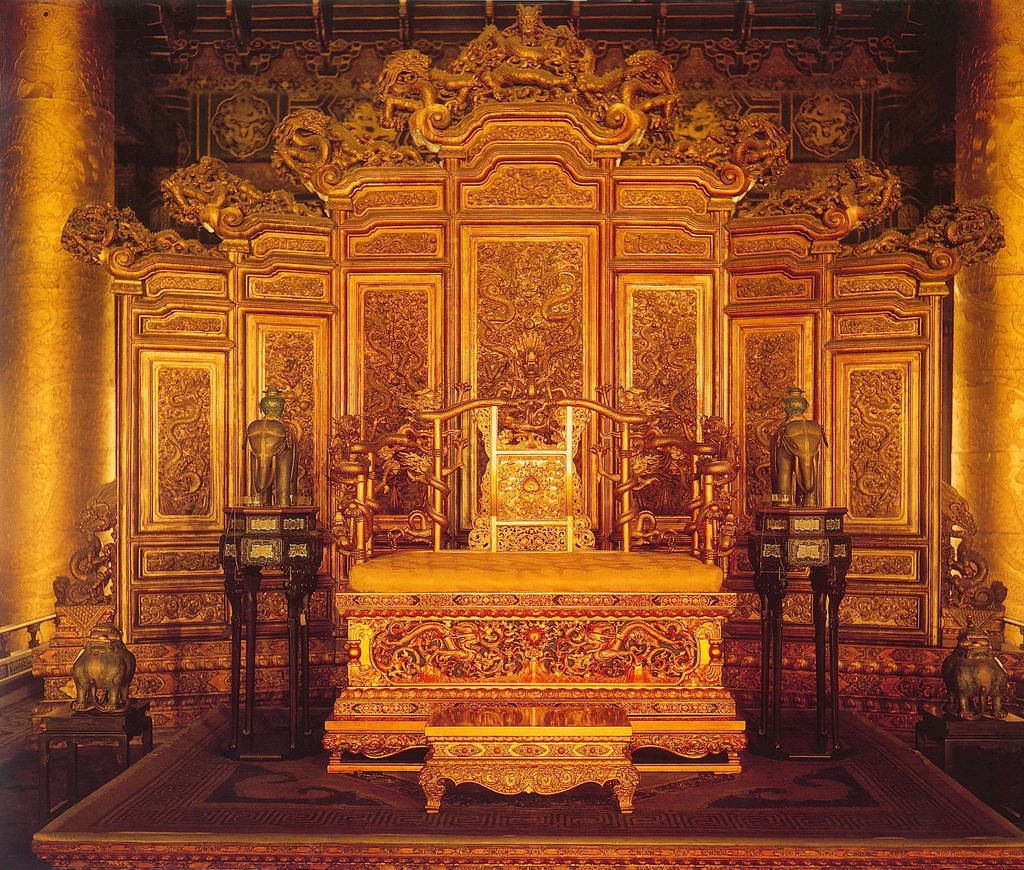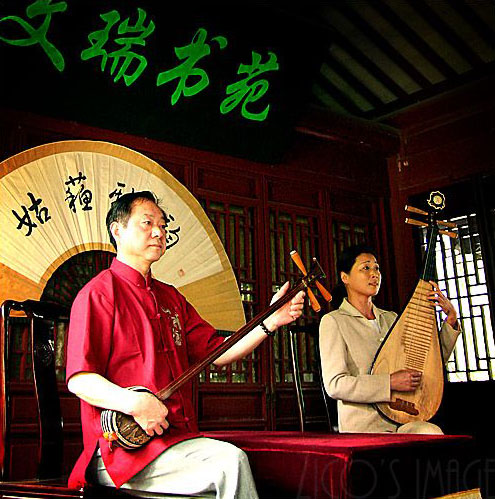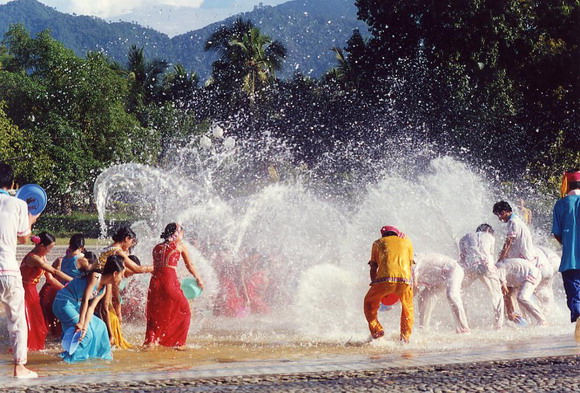The Palace Museum (Forbidden City)

The Palace Museum, Gù gōng Bó wù yùan, known as the Forbidden City in the West, was the imperial palaces of the Ming and Qing dynasties. In early 15th century, large-scale construction involved 100,000 artisans and one million civilians. The construction took 14 years and was completed in 1420.

In the following year, the capital of the Ming Dynasty was moved from Nanjing to Beijing. Twenty-four emperors- “Sons of heaven” of the Ming and Qing dynasty ruled from the Forbidden City.
The last dynasty fell in 1911, but emperor Puyi still lived in the inner court. It was not until 1925 that the complex was converted into a museum. Since then the palace has been opened to the public. The Forbidden City is a national architectural treasure.
The Palace Museum located in the centre of Beijing, covering an area of 72 hectares (720,000 square meters) with more than 90 courtyards of various sizes. It is rectangular in shape, 960 meters long from north to south and 760 meters wide from east to west. There is a 3,400-metre-long and 10-metre-high wall, encircled by a 3,800-metre-long and 52-metre wide moat.
In the Ming Dynasty, the timber needed for building the palace was brought mostly from Sichuan, Hunan and Guizhou provinces, while in the Qing Dynasty, it was cut from northeast China. Most of the stones were quarried from the suburban district if Fangshan and other districts. Construction of the Forbidden City brought tremendous hardship to the laboring people.
More photos (click to view in full size)
vocabulary
故宫 ɡùɡōnɡ gu-gong forbidden city n.
博物院 bówùyuàn bo-wu-yuan museum n.















